Pets need regular grooming to stay clean and healthy, and the experience can be a good way to strengthen your bond with your four-legged friend. Our Cane Bay Veterinary Clinic team offers guidelines to help you groom your pet at home.
Guidelines to trim your pet’s claws
Pets need their claws trimmed regularly to prevent overgrowth that can inhibit their ability to walk and result in an ingrown infected nail. In addition, your pet’s trimmed claws help protect your furniture and floors from scratches. Guidelines to trim your pet’s claws include:
- Prepare your pet — Get your pet used to their paws being handled. Touch their paws, and separate their toes. If they pull away, don’t hold their paw, but remain in contact with praise and a treat. Puppies and kittens are easier to train, but older pets can learn if you exercise a little patience.
- Restrain your pet properly — Trimming your pet’s claws is easier if someone can hold and reassure your pet while you trim. If necessary, “burrito” your cat in a towel to make the process easier.
- Use a pet-specific nail trimmer — Find a nail trimmer specifically designed for pets.
- Avoid the quick — Your pet’s claw has a pinkish area close to the paw that is extremely vascular and you should always clip above this area to prevent bleeding and pain. If your pet’s nails are pigmented and the pinkish area is not visible, trim only the nail tip.
- Have styptic powder on hand — Keep a clotting agent nearby to help stop bleeding, in case you accidentally cut below the quick.
- Trim regularly — Most pets need their claws trimmed every two to three weeks. Young pets tend to need more frequent trimming than older pets.
- Ask for help — If you are unsure about trimming your pet’s claws, or if they are uncooperative, contact our Cane Bay Veterinary Clinic team, so we can help.
Guidelines to brush your pet
All pets need regular brushing to keep their coat healthy and prevent mats. Dirt and oil can accumulate under mats and cause painful skin infections, while tangled hair in the mat can pull on your pet’s skin and be painful. Brushing frequency depends on your pet’s coat type.
- Short-haired pets — Pets with short hair typically need brushing only about once to twice a week. Always brush in the direction of your pet’s fur growth, and use medium to firm pressure to stimulate blood circulation and loosen and remove dead skin cells.
- Medium-haired pets — Pets who have a medium-length coat should be brushed several times a week. Use a metal comb or rake to reduce shedding, ensuring you don’t pull tangled hair too hard.
- Long-haired pets — Pets with long hair should be brushed daily, paying special attention to high friction areas, such as their armpits, under their collar, and their hips and shoulders that rub against bedding. If you encounter a tangled area or mat, use cornstarch to help loosen the fur and gently brush out the knot.
While brushing your pet, check for lumps, bumps, skin lesions, and hair loss.
Guidelines to bathe your pet
Cats are fastidious groomers who typically do not need bathing unless they have parasites or a medical condition, such as skin allergies. Dogs require regular bathing to keep their skin and coat clean and healthy, but the frequency depends on their breed, lifestyle, and coat type. Our team can help you determine how frequently you should bathe your dog. General bathing guidelines for dogs include:
- Brush your dog — First, brush your dog and remove any mats and tangles.
- Restrain your dog — Many dogs try to run away to avoid bath time. Use a lick mat slathered with peanut butter or canned food that is attached to the shower wall to keep entertained and distracted.
- Protect your dog’s ears — Trapped moisture can lead to ear infections. Put cotton balls in your dog’s ears to prevent moisture accumulation.
- Wet your dog’s coat — Use a hand-held sprayer or a pitcher to pour lukewarm water over your dog. Avoid their eyes, ears, and nose.
- Lather the shampoo — Use a shampoo formulated for dogs, because human products can be too harsh for your dog’s skin. Check the label to ensure the shampoo doesn’t require dilution, and lather your pet’s coat, avoiding their eyes and nose.
- Clean your dog’s face — Use a wet cloth with a small amount of shampoo to gently clean your dog’s face.
- Rinse your dog well — Rinse your dog thoroughly, ensuring you remove all shampoo residue.
- Dry your dog — Use thick towels to remove as much moisture as you can from your dog’s coat.
- Treat your dog — Reward your dog with a treat.
Guidelines to clean your pet’s ears
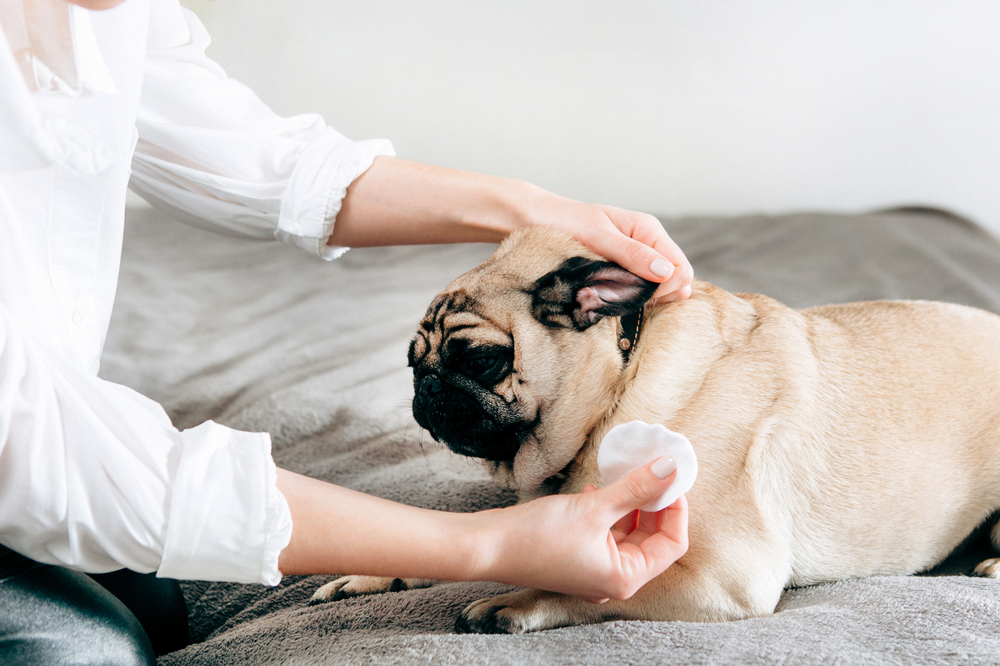
Most dogs need their ears cleaned about once a month, unless they are prone to ear infections. Cats may need regular ear cleaning, if they tend to have wax build-up or ear infections. Guidelines to clean your pet’s ears include:
- Prepare your pet — Get your pet used to their ears being handled. Pair ear handling with treats and praise to help your pet get used to having their ears touched.
- Fill your pet’s ear — Using a veterinary-approved ear cleaning solution, fill your pet’s ear canal.
- Massage your pet’s ear — Massage the base of your pet’s ear.
- Let your pet shake — Release your pet’s head and let them shake. Have a towel handy to mop up the mess.
- Clean the debris — Clean the debris from your pet’s ears with a cotton ball, continuing until the cotton ball comes away clean. Never use cotton swabs to clean your pet’s ears.
- Treat your pet — Reward your pet after cleaning each ear with a treat.
These guidelines should help you properly groom your pet, but feel welcome to contact our Cane Bay Veterinary Clinic team for recommendations on the best shampoo and ear cleaning products for your pet.

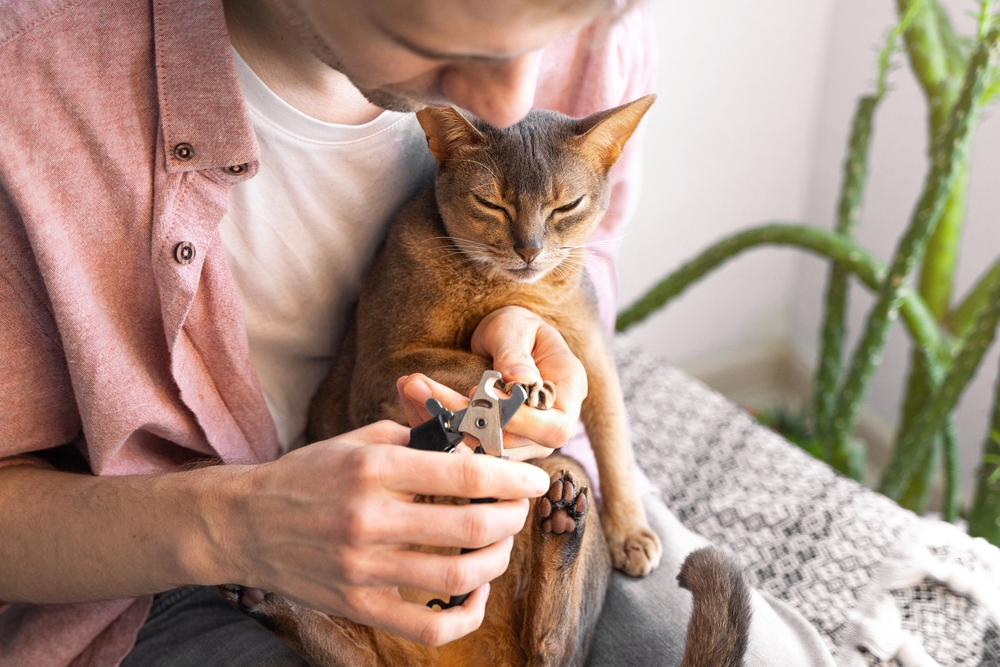
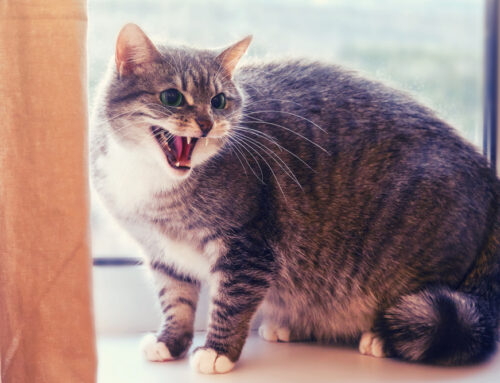
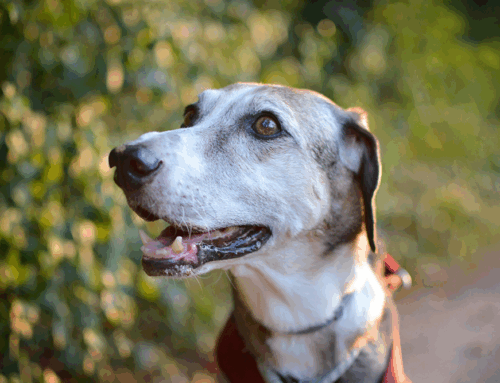
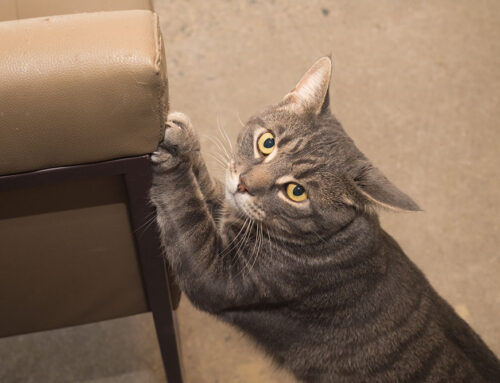
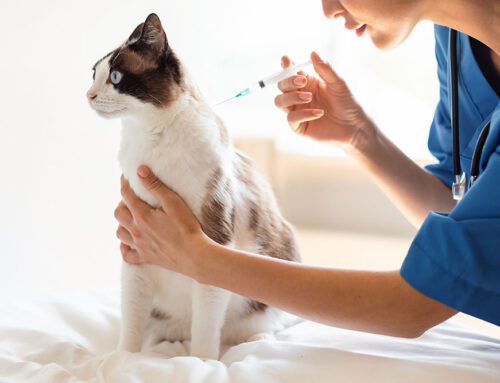

Leave A Comment